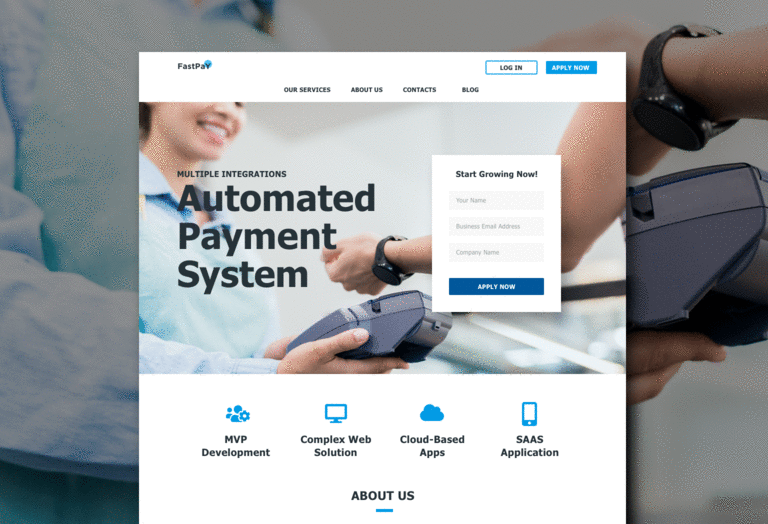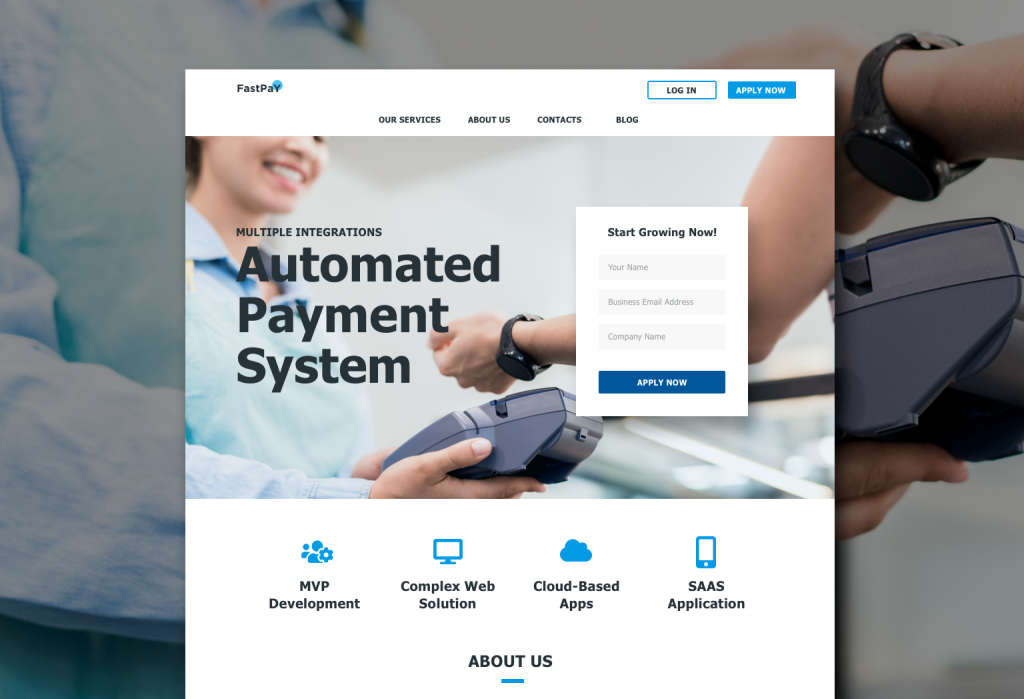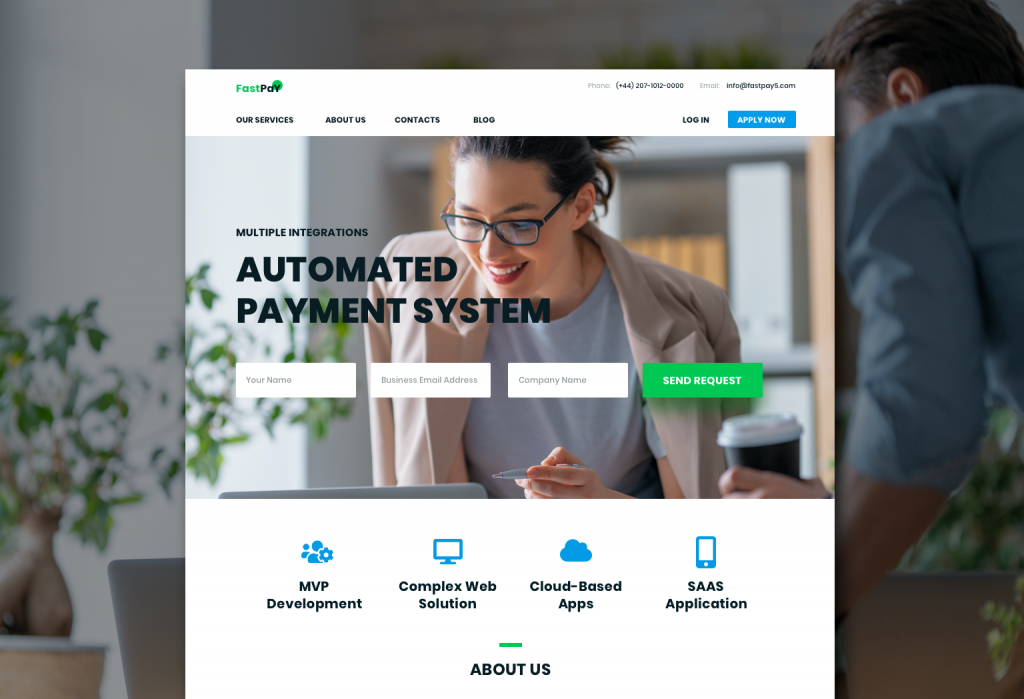
Your website is your first impression. And it’s a tough one to live up to. It needs to be engaging, informative, and unique enough that visitors will want to stay on the site and explore what you have to offer.
Designers and developers are constantly striving to create better, more engaging web experiences. These days, websites are not just static pages of content anymore; they’re interactive tools that help users find information and make decisions. Interactive website design is the process of designing a site so that it reacts to user input or movement in some way, typically with animations or transitions. This creates an experience for the user rather than them simply viewing a page of text or clicking through links.
This blog post will explore how interactive website design can benefit your business and why you need it on your next project!
What is Interactive Website Design?
Interactive website design is the process of designing a website based on an interactive approach. It allows the designer to create better navigation and user experience. This type of website design is usually done using tools such as Flash, QuickTime, and Shockwave.
The goal of designing an interactive site is to make the entire experience more interactive and interesting for the user. Websites that are designed with this approach are not only visually appealing but fun to use as well. They can also be used for a number of other purposes such as promoting a product or service, creating e-commerce stores, social networking sites, and much more.
Interactive website design can be broken down into various different areas: animation, audio stimulation, database integration, and quick response code. These are some of the most common areas you will want to focus on when designing an interactive site.

Why do websites need to be interactive?
Interactivity is an emerging trend that website designers are using to make web pages more engaging. Interactivity is a user-driven function in which an audience can not only consume content but also interact with it.
Interactive elements are crucial in web design as they have become the key to successful marketing on the internet. Businesses and individuals alike are taking advantage of the power of interaction that online media provides.
Any content that is interactive is more likely to be read. Interactive content can be any type of web page, such as e-mail marketing and online advertising campaigns. The most basic way for a site to become interactive is by adding forms, polls, and surveys so that customers can easily register their opinions or submit requests for information.
Why is it important for us to develop interactive web design?
Interactive web design is important for a number of reasons. The first is that it provides an opportunity for the designer to provide unique and interesting content to their visitors, thus improving subscriber rates.
It can also include player-based games and other media that can be interacted with by the viewer. Another important reason for interactive web design is that it gives the viewer an opportunity to give feedback and input on the site, which in turn helps to improve both customer service and satisfaction.
Using it properly, interactive web design can be an extremely powerful tool that is used to improve the quality of a website.

What are the advantages of adding interactive elements to a website?
Engage your customers:
Interactive website design is a great way to engage your customers and create a memorable experience. When done correctly it is also a great marketing tool that will help turn visitors into users and eventually customers. The more interactive the site, the better it will reflect on your business.
Gives higher conversion
Interactive websites have a higher conversion rate because they’re engaging and interesting. They also allow users to customize the experience and get a better understanding of what they’re shopping for. This also makes it easier for people to buy products, which results in a higher conversion rate.
Interactive websites are more up to date
Interactive websites are more up-to-date. This is because they update frequently. A lot of information can be updated on interactive websites than on regular websites. Interactive websites are also cost-effective. The reason why interactive websites are cost-effective is that there is no need for the website designer to keep updating the website.
Interactive Website can Encourage Sharing
A website can be interactive and encourage people to share their personal stories. Although it is possible for a person to interact with the page, they may not necessarily want that interaction. They might just want information about something without being forced into an experience of some kind.
Interactive Website can Increase Site Authority
Interactive Website can Increase Site Authority. The web is a fast-paced environment. As such it’s important that sites maintain their authority in order to stay relevant and competitive.
A site with interactive features like quizzes or games will have more opportunities for visitors to interact with the brand which could then increase website traffic and ultimately drive up search engine rankings as well as generate other forms of interest from potential customers.
Interactive Website may Leads to more Natural Backlinks for SEO
There has been a push for more interactive websites lately. This is because it seems that interactive websites lead to more natural backlinks.
The reason for this is that people who use the website feel like they are no longer just being given a static experience. Interactive websites allow readers to create their own stories and dialogue with the characters in the story.
Overall, interactive websites provide users with a much more personal experience. It also provides them with an opportunity to be creative and enjoy a sense of satisfaction when they complete something on the website.
Interactive website design is easier to update and manage than a static site
Static sites are easier to design than interactive websites. The main reason is that they don’t require content management systems and programming languages, which can get more complicated.
Static sites are also easier to update because they don’t require major changes when something new – such as a product or service- comes along. Interactivity is harder to maintain if the site has a lot of moving parts, and it’s difficult to keep track of everything without proper management.
Interactive Website can Increase Trust through Consumer Psychology
Consumer psychology is an area of marketing that deals with understanding how consumers think and react to products and other stimuli.
One way to measure the effectiveness of a consumer psychology campaign is through the level of trust that has been established between the company and consumers. Interactive websites are designed to create an emotional, personal connection with the customer by going beyond what a simple advertisement can provide.
One way interactive websites help consumers establish trust with a company through consumer psychology is by providing personalized content tailored to individual preferences. Another way is by providing peer reviews of items or services, which may be more persuasive than the sales pitch itself.

Conclusion
Interactive website design is the process of designing a site so that it reacts to user input or movement in some way, typically with animations or transitions. This creates an experience for the user rather than them simply viewing a page of text or clicking through links. If you want your get customers back, one of the ways is to make your online website interactive. At FortySeven we have a strong team of UX/UI designers who are capable of any complexity projects. Get your quote by contacting us: info@fortyseven47.com or +44 2 071 013 530.



